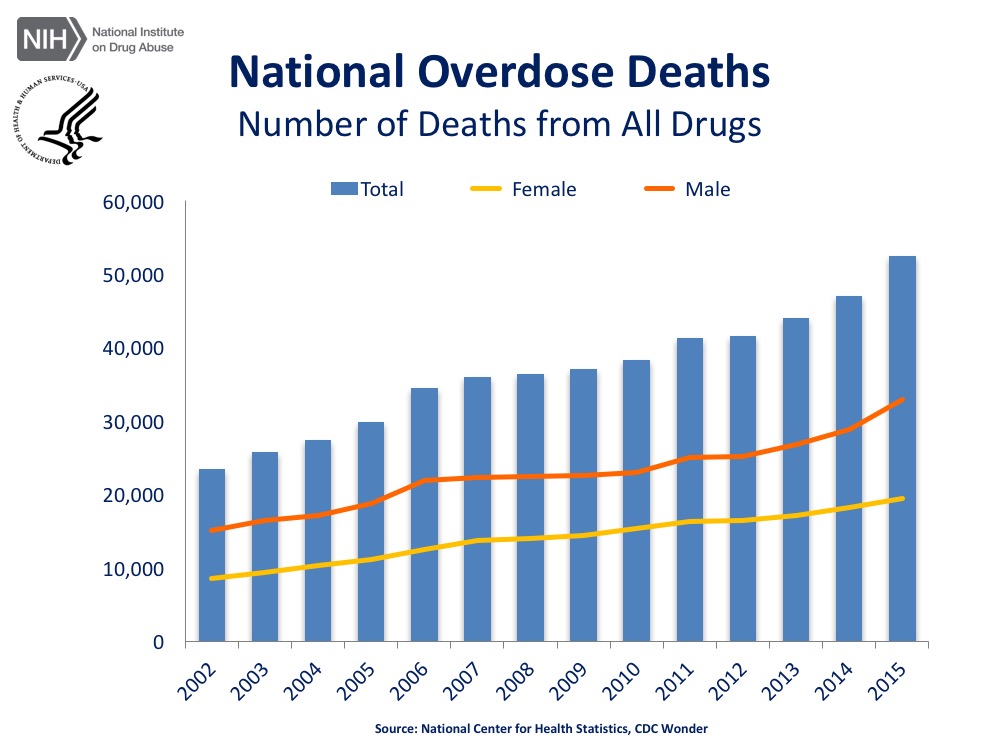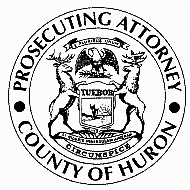Did you know that in the United States:
- Drug overdose deaths have become leading cause of injury death in the United States?[1]
- In the United States, drug overdoses killed 52,404 people in 2015?[2]
- Overdoses by opioids killed 33,091 in 2015?
- Drug overdoses nearly tripled from 1999 to 2014?
Did you know that in 2015 in Michigan:
- 1,981 people died from drug overdoses?[3]
- Since 2014 drug overdoses have quadrupled?
- Of all drug overdoses, 45% were from prescription opioids?
Did you know that in 2015 in Huron County:
- Five people died from drug overdoses? [4]
- One person died from an opioid overdose?
- From 2009 to 2015, nine people died from drug overdoses?[5]
Many times when we discuss global or national issues, our attitude is that the particular problem is someone else’s problem; it affects someone else, not me. Therefore, we can ignore it and go about our business. However, this issue is one that impacts all of us, and we ignore it at our own peril.
Additionally, our usual perception of death by a drug overdoses is the young person dying in an alley or abandoned building with a needle sticking in his arm. In other words, it is the city’s problem; it’s not a problem here in Huron County. As can be seen by the statistics listed above, that is absolutely wrong. Drug overdoses happen in the city, and they happen in the country, AND it is a young person’s problem, a middle-aged person’s problem and an elderly person’s problem. With the number of prescribed drugs elderly people are now given, it can easily lead to misuse whether it is unintentional or intentional. It is also becoming common where individuals who suffer from chronic pain become dependent to an opioid prescribed medication. Estimates vary from 3 percent to 26 percent[6] of patients who become dependent to a prescribed medication.
Opioids are a class of drugs that are used to reduce a person’s pain that include illicit and licit prescription pain relievers. Many opioids are prescribed by a doctor following surgery or for a health condition such as Oxycodone (OxyContin or Percocet), Buprenorphine (Suboxone), Hydrocodone (Vicodin) or Codeine. Almost half of all opioid overdose deaths involve a prescription opioid.[7]
It is also critically important to also note that not all overdoses result in death. Every day more than 1,000 people are treated in emergency departments for not using prescription opioids as directed.[8]
Footnotes
[1] 2016 National Drug Threat Assessment, Summary, Drug Enforcement Agency, November 2016
[2] Centers for Disease Control and Prevention, Obtained from: https://www.cdc.gov/mmwr/volumes/65/wr/mm655051e1.htm
[3]Tragic toll: Drug overdoes deaths quadruple in Michigan, April 22, 2017, Detroit Free Press, Obtained from: http://www.freep.com/story/opinion/contributors/raw-data/2017/04/21/drug-overdose-deaths-quadruple-michigan-since-1999/100686662/
[4] Drug Overdose Deaths by county: 2015, Obtained from: https://datawrapper.dwcdn.net/j5jBK/2/
[5] MSHN Mission Data, Obtained at: https://tbdsolutions.shinyapps.io/misuddr-app/
[6] CDC Guideline for Prescribing Opioids for Chronic Pain—United States 2016, Centers for Disease Control and Prevention (CDC). Otained from: https://www.cdc.gov/mmwr/volumes/65/rr/rr6501e1.htm
[7] Prescription Opioids, When the Prescription Becomes the Problem, Centers for Disease Control and Prevention (CDC). Obtained from: https://www.cdc.gov/drugoverdose/opioids/prescribed.html
[8] Prescription Opioid Overdose Data, Centers for Disease Control and Prevention (CDC). Obtained from: https://www.cdc.gov/drugoverdose/data/overdose.html

Americans now die every year in greater numbers from drug overdoses than they do in motor vehicle crashes or firearms deaths,[1] with a majority of those overdoses involving prescription medications. Sadly, the addictive illegal drugs are used as a result of prior use (or abuse) of prescription medication. Four out of five heroin users ended up using heroin by initially misusing or abusing prescription opioid pain medications.[2]
Footnotes:
[1] 2015 National Drug Threat Assessment Summary, Drug Enforcement Agency
[2] Jones CM. Heroin use and heroin use risk behaviors among nonmedical users of prescription opioid pain relievers - United States, 2002-2004 and 2008-2010. Drug Alcohol Depend. 2013 Sep 1;132(1-2):95-100. doi: 10.1016/j.drugalcdep.2013.01.007. Epub 2013 Feb 12.

